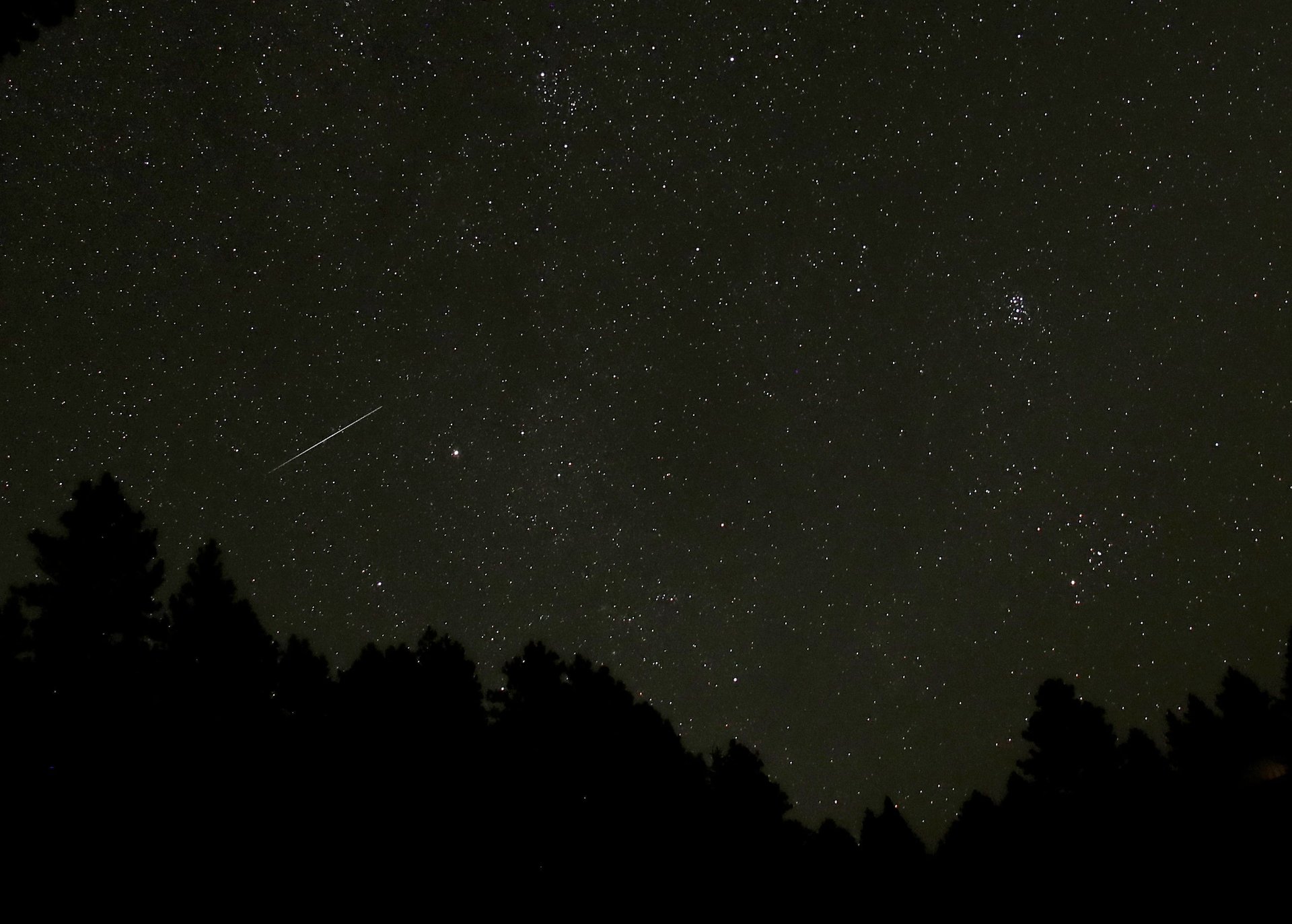It will look like stars are shooting out of the Little Dipper this weekend
It’s the most wonderful time of the year—if you’re into stargazing. The last two weeks of 2018 bring with them all kinds of celestial displays, kicking off with the Ursid meteor shower.


It’s the most wonderful time of the year—if you’re into stargazing. The last two weeks of 2018 bring with them all kinds of celestial displays, kicking off with the Ursid meteor shower.
What is a meteor shower, anyway?
Meteor showers are an incredible nighttime viewing experience, and they’re much cheaper (and safer) than fireworks. Most of the time, you don’t even need a telescope—or even binoculars—to see the spectacle. You might want a warm cup of tea, though, and possibly a hat.
Shooting star aren’t really stars—instead, they’re bits of space rock, falling through Earth’s atmosphere towards the surface. (We call these meteors.) As it tumbles toward us, the drag of the air on the space rock makes it heat up until it glows, leaving a luminescent streak in the sky.
In meteor showers, you may see dozens of these “shooting stars” in a matter of minutes, striping across the firmament. They’re often the result of an icy comet getting closer to the sun. In the process, it heats up, and leaves bits of dust and rock debris in its path. When Earth’s orbit crosses the orbit of the comet, it goes careening into this comet debris—which then comes raining down towards Earth. (The individual bits are almost always so small that they burn up long before reaching the ground.)
What’s special about the Ursid meteor shower?
The Ursids are an annual event, beginning around Dec. 17 and running until just after Dec. 25. They get their name from the constellation Ursa Minor—though you might know it better by its nickname, the Little Dipper. They appear to come shooting out from it, though it’s actually just an optical illusion.
The shower is best observed in the Northern Hemisphere, in the wee hours after midnight. The Ursids aren’t the brightest meteor shower—this year’s full moon may make them hard to make out, too—but the best years have sometimes produced up to 100 meteors in a single hour. What’s more, the time of year makes for a festive way to see some holiday lights writ large.
How do I watch the Ursid meteor shower?
Set an alarm! You won’t see much before 12:00am, so you may want to have a nap first. This year’s peak is on Saturday, Dec. 22—but the moon will make viewing a little tricky. Instead, your best bets are between tonight (Dec. 19), tomorrow, or Friday.